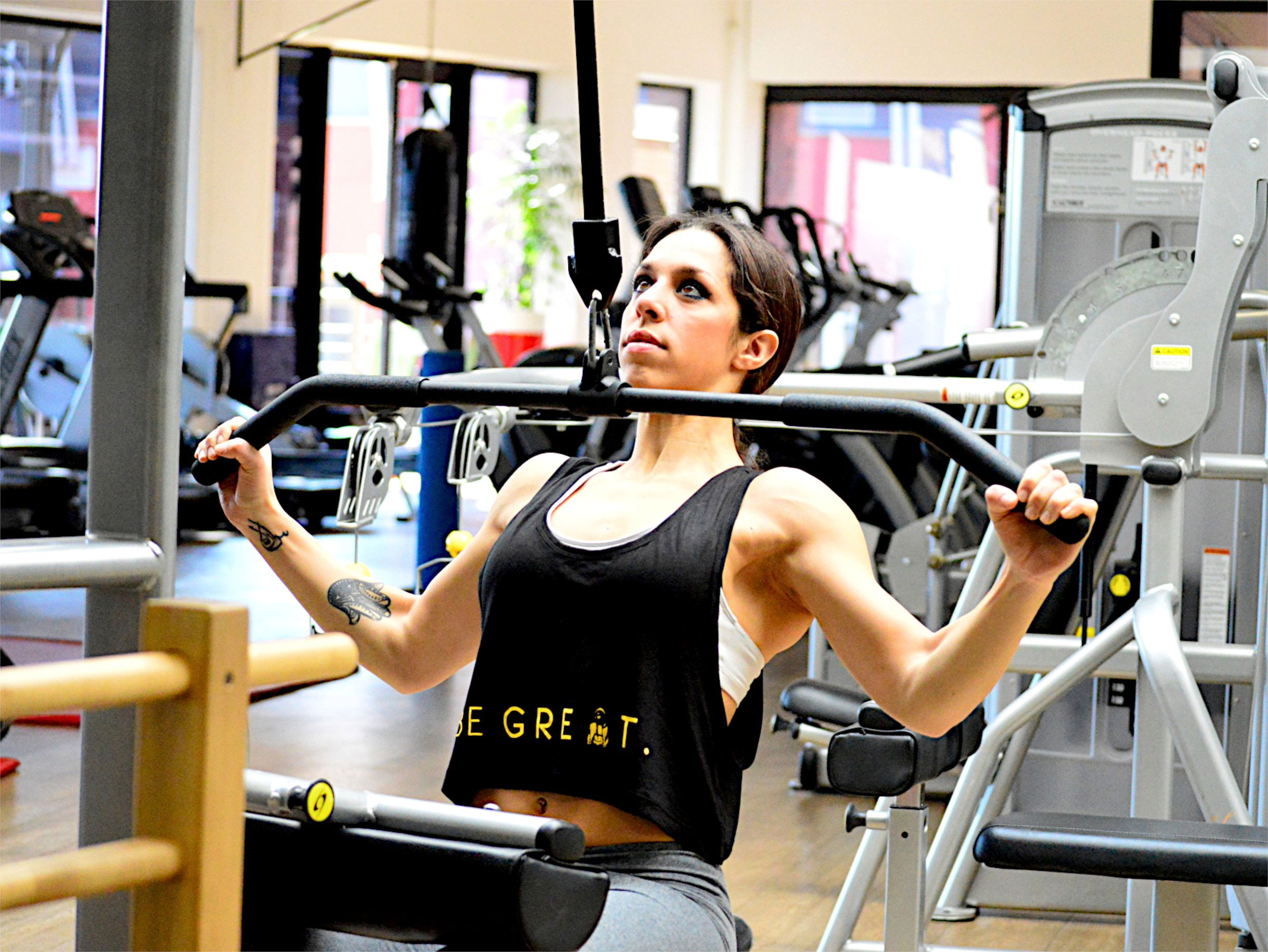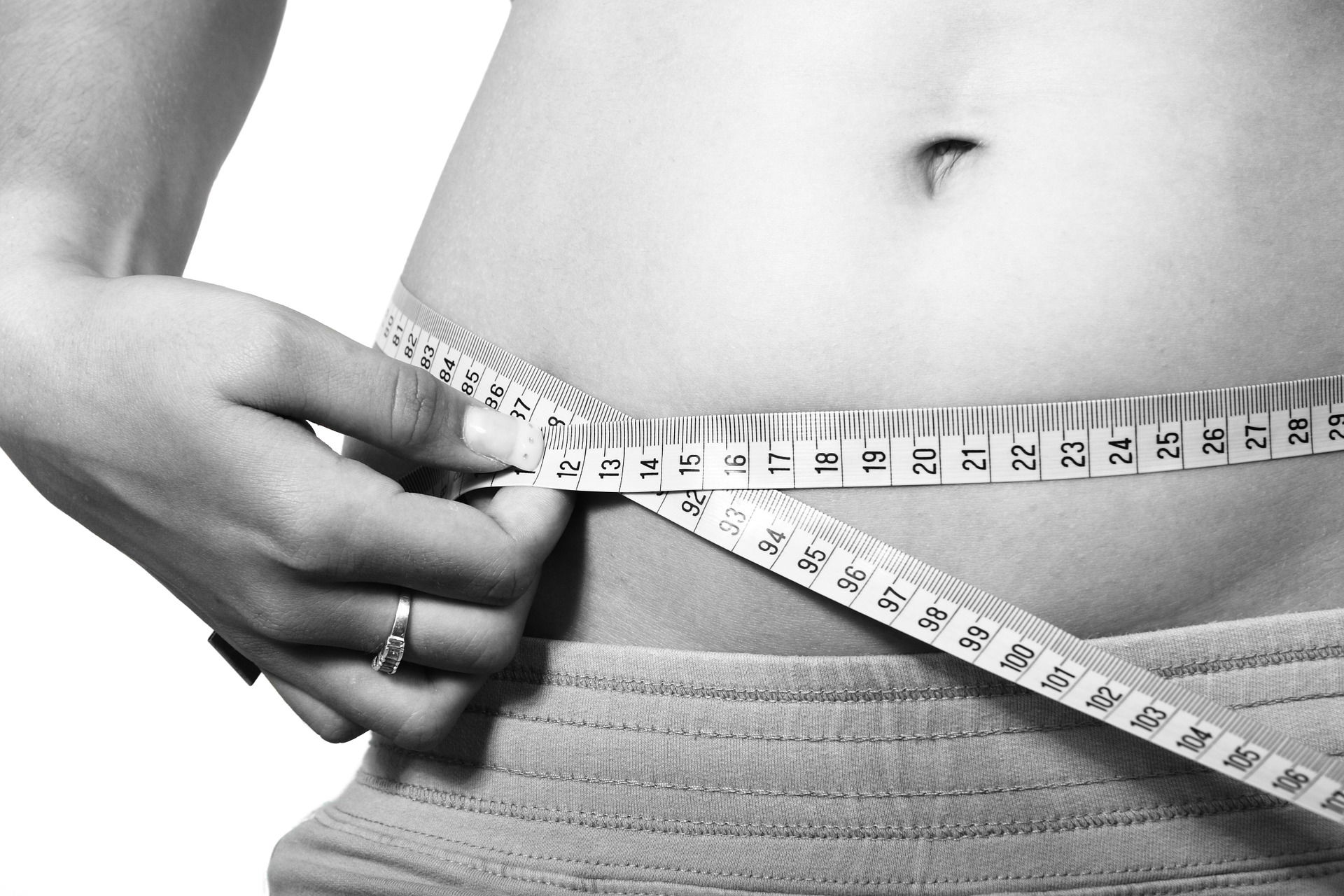The 8 Best Workouts for Losing Weight
Numerous forms of exercise can help you lose weight by boosting the number of calories you burn. Depending on your age, nutrition, and beginning weight, you can lose different amounts of weight.
About half of all American adults, according to estimates, make an effort to reduce weight each year. Exercise is one of the most popular methods used by people seeking to lose extra weight, next to diets. It burns calories, which is important for weight loss.
Exercise not only helps you lose weight but also improves your mood, strengthens your bones, and lowers your risk of developing numerous chronic conditions.
The top 8 exercises for losing weight are shown below:
Walking
One of the finest activities for losing weight is walking, and for good reason.
It's a practical and simple approach for new exercisers to get started without feeling overwhelmed or having to buy equipment. Additionally, because it is a lower-impact workout, your joints are not overworked.
A 155-pound (70-kg) person walks at a modest 4 mph (6.4 km/h) for 30 minutes to burn about 175 calories, according to Harvard Health.
Walking for 50 to 70 minutes, three times per week, decreased body fat and waist circumference by an average of 1.5% and 1.1 inches (2.8 cm), respectively, in a 12-week trial of 20 obese women.
You may easily incorporate walking into your regular schedule. Try walking during your lunch break, using the stairs at work, or taking extra walks with your dog to increase the number of steps you take each day. Aim to go for a 30-minute walk three to four times a week to get started. As you get fitter, you can gradually increase the length or frequency of your walks.

Summary
For beginners, walking is an excellent kind of exercise. It doesn't require any equipment, you can do it practically anywhere, and it only slightly strains your joints. Make an effort to take more walks as part of your daily activities.
Running or jogging
Running and jogging are excellent exercises for weight loss. A jogging pace is often between 4-6 mph (6.4-9.7 km/h), whereas a running pace is quicker than 6 mph (9.7 km/h), despite the similarities in appearance.
A 155-pound (70-kg) person is thought to burn about 288 calories every 30 minutes of jogging at a rate of 5 mph (8 km/h) or 360 calories per 30 minutes of running at a pace of 6 mph (9.7 km/h) according to Harvard Health.
Additionally, research has shown that running and jogging can aid in the burning of visceral fat, also referred to as belly fat. Your internal organs are encircled by this sort of fat, which has been linked to numerous chronic illnesses like diabetes and heart disease.
Running and jogging are both excellent activities that you can do anywhere and that you can easily fit into your weekly regimen. Aim to jog for 20 to 30 minutes, three to four times a week, to start.
Try running on softer terrain like grass if you feel that jogging or running outside is difficult on your joints. Additionally, a lot of treadmills come with built-in padding, which might be less stressful on your joints.

Summary
Running and jogging are effective weight-loss exercises that fit easily into a schedule. Additionally, they can lessen visceral fat, which has been linked to diabetes, heart disease, and other chronic illnesses.
Cycling
Cycling is a well-liked workout that increases fitness and can aid in weight loss. Cycling is typically an outdoor exercise, although stationary bikes are common in gyms and fitness centres, allowing you to pedal indoors.
A 155-pound (70 kg) person is thought to burn about 252 calories per 30 minutes of moderately paced cycling on a stationary bike or 288 calories per 30 minutes of 12–13.9 mph (19–22.4 km/h) cycling, according to Harvard Health.
Cycling is fantastic for losing weight, but studies have also shown that regular cyclists are more physically fit overall, have higher insulin sensitivity, and have a lower risk of developing heart disease, cancer, and death.
All fitness levels, from novices to athletes, can benefit from cycling. Additionally, as it doesn't involve any weight-bearing and has a low impact, your joints won't be put under a lot of strain.

Summary
Cyclists of all fitness levels have an excellent option. Regular cycling has been linked in studies to improved insulin sensitivity and a lower risk of developing a number of chronic conditions.
Weight training
Weight training is a popular choice for people looking to lose weight.
A 155-pound (70-kg) person exercises for 30 minutes while burning about 108 calories. Additionally, weight training can increase your resting metabolic rate (RMR), or how many calories your body burns at rest, by fostering muscle growth and strength gains.
One 6-month study found that performing strength-based workouts for just 11 minutes, three times per week, led in an average 7.4% improvement in metabolic rate.
According to this study, such increase amounted to an extra 125 calories burned per day. Another study discovered that men's metabolic rates increased by 9% after 24 weeks of weight training, or an additional 140 calories per day. Women's metabolic rates rose by about 4%, or 50 extra calories per day.
Additionally, studies have shown that, in contrast to aerobic exercise, your body continues to burn calories for many hours after a weight-training session.

Summary
By burning calories both during and after an exercise, weight training can assist in weight loss. Additionally, it promotes muscle growth, which may increase your resting metabolic rate.
Interval training
High intensity interval training (HIIT), also referred to as interval training, is a general term for brief bursts of intensive exercise that are followed by rest periods.
A HIIT workout typically lasts 10 to 30 minutes and can burn a lot of calories. HIIT burns 25–30% more calories per minute than other forms of exercise, such as weight training, cycling, and treadmill jogging, according to a research involving 9 active males. This means that HIIT can enable you to exercise less and burn more calories.
HIIT is also particularly successful for losing belly fat, which is linked to a number of chronic conditions, according to multiple studies.
Adding HIIT to your exercise programme is simple. Simply decide on an activity, such as bicycling, jogging, or jumping, as well as your exercise and rest periods. On a bike, for instance, pedal as hard as you can for 30 seconds, then slowly for one to two minutes. For ten to thirty minutes, repeat this technique.

Summary
You can use interval training, a powerful weight loss technique, with a variety of activities. You may burn more calories in less time by incorporating interval training into your programme.
Swimming
A wonderful approach to shed pounds and tone up is through swimming.
A 155-pound (70-kg) person swimming for 30 minutes is thought to burn around 216 calories by Harvard Health. It seems that way you swim affects how many calories you burn.
According to a research done on competitive swimmers, the breaststroke burns the most calories, followed by the butterfly, backstroke, and freestyle.
One 12-week study in 24 middle-aged women found that swimming for 60 minutes 3 times per week significantly reduced body fat, improved flexibility, and reduced several heart disease risk factors, including high total cholesterol and blood triglycerides.
Swimming has the added benefit of being low impact, which is better for your joints. This makes it a fantastic solution for those who experience joint pain or injuries.

Summary
Swimming is a fantastic low impact workout for anyone trying to reduce weight.
Yoga
Yoga is a well-liked form of exercise and stress relief.
Although it's not typically viewed jogging as a weight reduction workout, it does burn a decent amount of calories and has many other advantages that can help with weight loss.
A 155-pound (70-kg) person is thought to burn about 144 calories during a 30-minute yoga session, according to Harvard Health.
In a 12-week study of 60 obese women, it was shown that those who practised yoga twice a week for 90 minutes saw bigger decreases in waist circumference than those in the control group — by an average of 1.5 inches (3.8 cm).
The yoga group also noticed changes in their physical and mental health. In addition to helping you lose weight, research have shown that yoga can help you learn mindfulness and lower your stress.
Yoga classes are typically offered at gyms, but you may do yoga anywhere. This includes doing it from the convenience of your house because there are many instructional videos online.

Summary
Yoga is a fantastic activity for losing weight that you can do practically anyplace.
Pilates
Pilates is a wonderful, user-friendly exercise that could aid with weight loss.
In a 30-minute beginner's Pilates session or a 30-minute advanced class, a person weighing about 140 pounds (64 kg) would burn 108 calories, according to research funded by the American Council on Exercise.
Pilates may not burn as many calories as cardiovascular activities like running, but because it's often fun, it's simpler to maintain over time. Performing Pilates movements for 90 minutes three times per week significantly reduced waist, stomach, and hip circumference, according to an 8-week study of 37 middle-aged women, compared to a control group that performed no exercise during the same time period.
Pilates may help you lose weight while also reducing lower back pain and enhancing your general fitness level and strength. If Pilates sounds interesting to you, consider adding it to your weekly schedule. Pilates can be practised either at home or at one of the many gyms that provide the lesson.
Combine Pilates with a healthy diet or other forms of exercise, like weightlifting or cardio, to accelerate weight loss even further.

Summary
Pilates is a fantastic, beginner-friendly workout that can aid in weight loss and the development of other aspects of physical fitness.
How much weight loss can you actually anticipate?
Numerous variables affect how much weight you might anticipate to lose with exercise. These include:
Starting weight:
People with a higher starting weight typically have a higher basal metabolic rate. This is the number of calories your body burns when performing basic life-preserving functions. A high BMR means you will burn more calories during activity and rest.
Age:
Older people tend to carry more fat mass and less muscle mass, which reduces your BMR. A lower BMR can make it more difficult to lose weight.
Gender:
Women tend to have a greater fat-to-muscle ratio than men, which can affect their BMR. As a result, men tend to lose weight quicker than women, even if they consume a similar number of calories.
Diet:
Weight loss occurs when you burn more calories than you consume. Thus, a calorie deficit is essential to losing weight. (You are more than welcome to check out our proven methods for weight loss)
Sleep:
Studies have found that a lack of sleep may slow the rate at which you lose weight and even increase your cravings for high calorie foods.
Medical conditions:
People with medical conditions like depression and hypothyroidism may lose weight at a slower rate. Genetics Studies have shown that weight loss has a genetic component, which may affect certain people with obesity.
Rapid weight loss:
Although most people want to lose weight quickly, experts often recommend losing 1–2 pounds (0.5–1.36 kg), or approximately 1% of your body weight, per week. Losing weight too fast can have negative health consequences. For example, it can result in muscle loss and increase your risk of conditions like gallstones, dehydration, fatigue, malnutrition, headaches, irritability, constipation, hair loss, and irregular periods. What’s more, people who lose weight too fast are more prone to regaining it.
It’s important to keep in mind that weight loss is not a linear process, and it’s common to find yourself losing weight more quickly when you first get started.
Summary
Many factors affect how much weight you can realistically expect to lose with exercise. Most experts recommend losing 1–3 lbs per week.

The conclusion
Numerous exercises can aid in weight loss. Walking, jogging, running, cycling, swimming, weight training, interval training, yoga, and Pilates are all excellent options for burning calories. Nevertheless, numerous more exercises might support your efforts to lose weight. The most crucial thing is to pick an activity you enjoy. This increases the likelihood that you'll continue with it over the long run and see results.